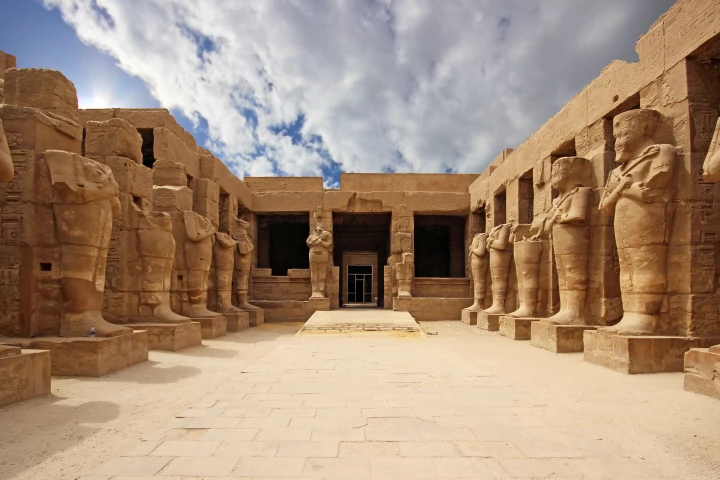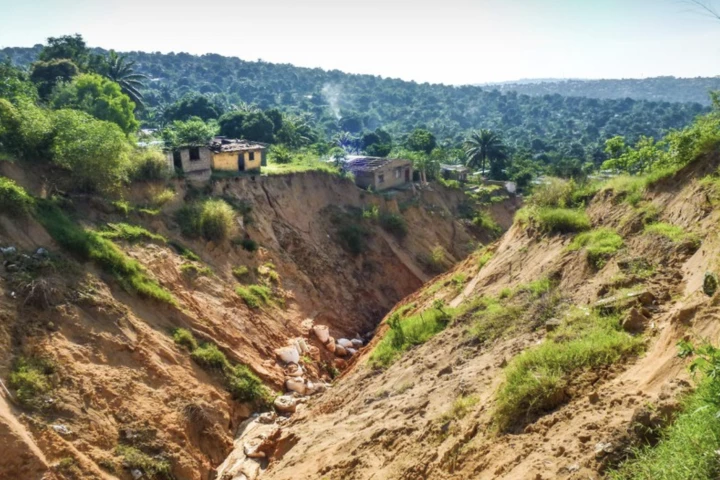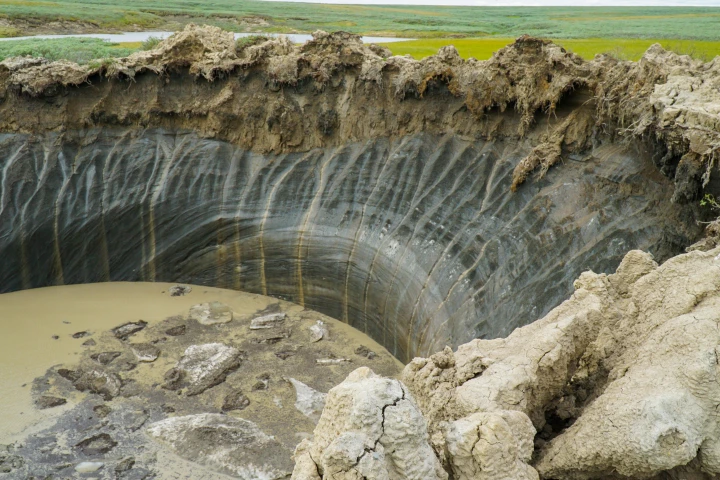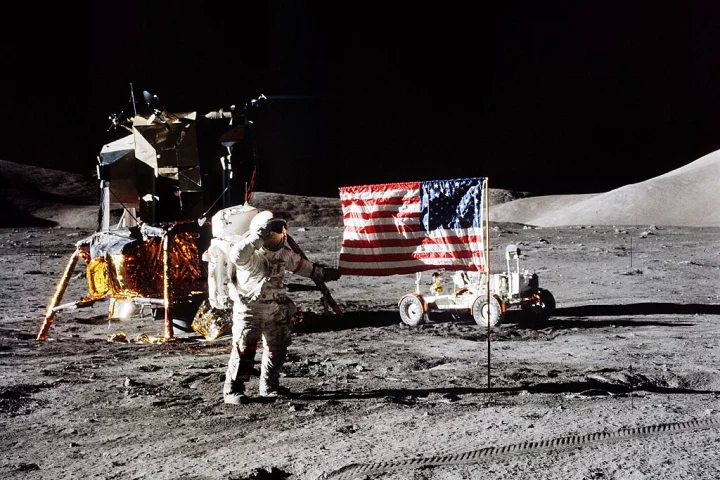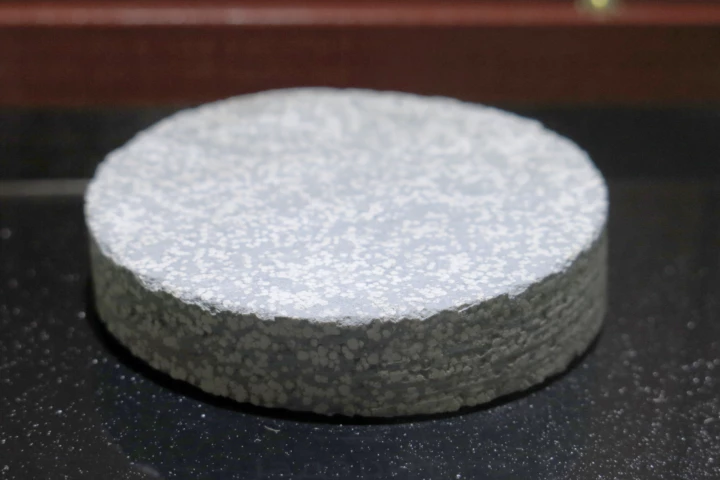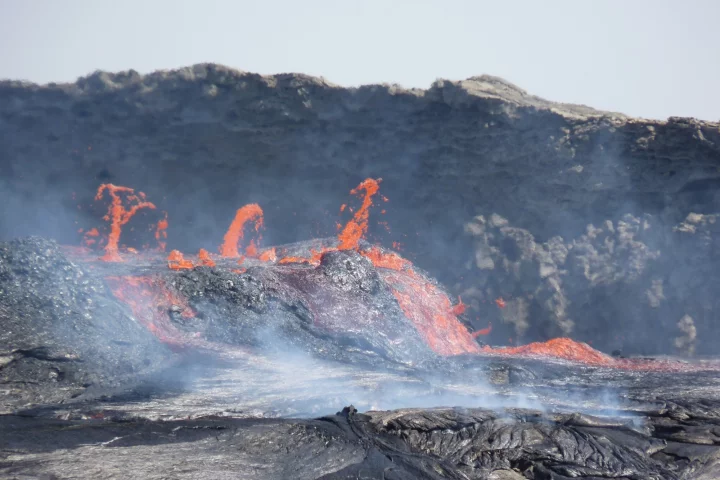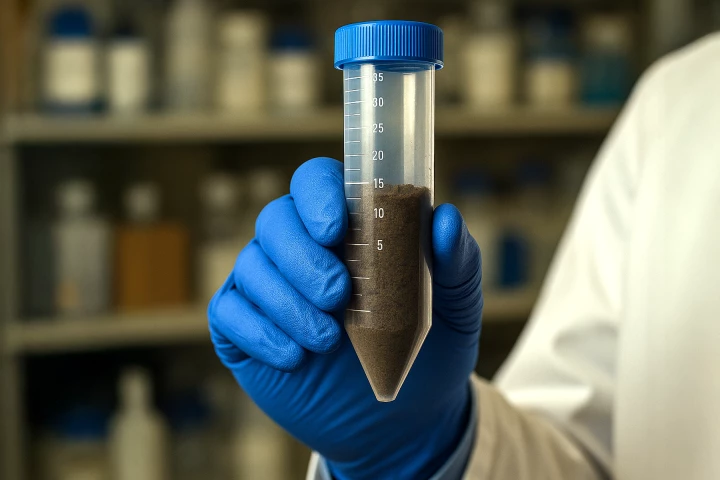Geology
-
The extent of an incredible dinosaur highway has been revealed in Bolivia. More than 16,000 footprints, along with tail impressions, have been fully documented – and the scale of theropod activity alone is unlike anything that's been seen before.
-
We tend to think earthquakes are predominantly driven by deep-Earth forces. But a new discovery reshapes that long-held assumption suggesting lake-level fluctuations can stir the shallow crust influencing earthquake risk and tectonic plate movement.
-
Scientists have long wondered why Earth's overall makeup doesn't fully match the mix of materials found in ancient meteorites. For the first time researchers think they have found samples of rock from what is known as proto-Earth.
-
For the first time in geologic history, scientists are bearing witness to the Juan de Fuca Plate tearing apart in pieces and losing its connection to the upper mantle. This is the first glimpse of what happens when one of Earth’s most powerful engines begins to wind down.
-
There is still great mystery surrounding the early beginnings of the Karnak temple. When did people first begin to settle in this area? How did the Nile river have an impact on this sacred location? New research is finally providing some answers.
-
Nearly 3,000 growing chasms have opened up in dozens of towns, swallowing up roads and houses in their path. Known as urban gullies, these destructive forces of nature are increasing rapidly and now threaten to displace more than 3.2 million people.
-
On the remote Yamal and Gydan peninsulas of western Siberia, the landscape is marked by massive craters that look as though the Earth has blown holes in itself. Now, 12 years after the first one was found, scientists say they know what's causing them.
-
As if hard vacuum, intense cosmic radiation, corrosive dust, meteors, and temperatures whiplashing hundreds of degrees between night and day weren't enough, personnel at future Moon bases will be at significant peril from moonquakes.
-
With a chemical formula nearly identical to fictional kryptonite, unique mineral jadarite has the potential to power a million electric vehicles each year. But it remains underground, beneath a Serbian valley, more than 20 years after it was found.
-
A subtle yet significant geological phenomenon is currently taking place beneath the African continent. Rhythmic surges of molten rocks, pulsing upward like a "heartbeat," are ripping the continent apart to pave the way for a new ocean.
-
A new study from scientists at Michigan State University sheds light on a recently discovered microbe and its potential for scavenging pollutants in deep soil. Further work could lead to novel solutions in providing clean drinking water worldwide.
-
China is going full Jules Verne as it prepares to go where no drill has gone before. As part of its Deep Ocean Drilling Program, the special-built Meng Xiang (梦想号, "Dream") drill ship is gearing up for a multi-year effort to pierce the Earth's crust.
Load More




